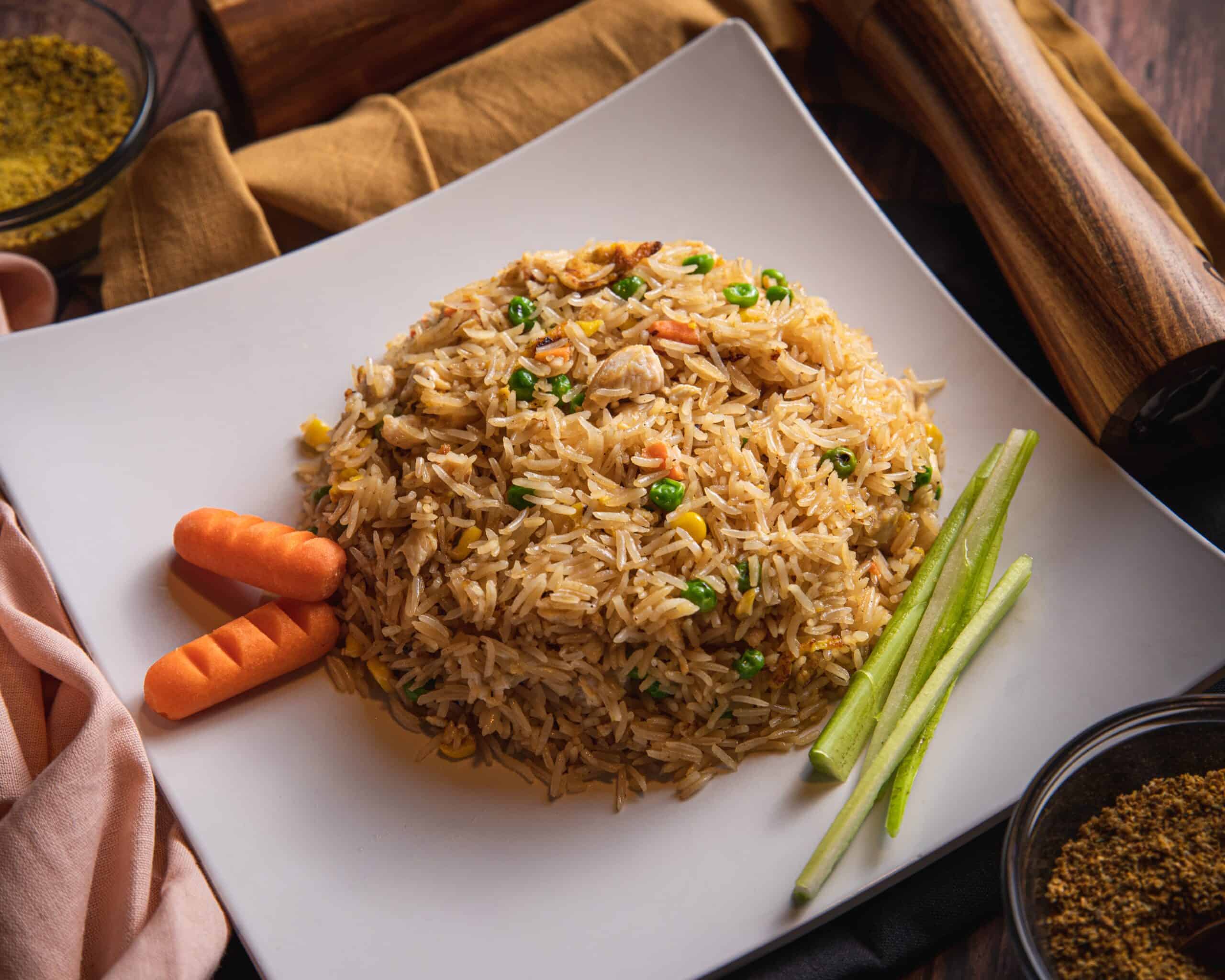If you are a lover of Mexican food or Tex-Mex food, you have surely tried red rice, also called Mexican rice, Mexican-style rice or Spanish rice. However, if you are not a fan of Mexican-American cuisine, but want to try a delicious rice, different from simple white rice or Asian-style fried rice, you will be interested in reading the next lines.
Rice with tomato
Red rice or Mexican rice owes its reddish color mainly to the tomato used in its preparation. Tomato juice, tomato pulp or even salsa can be used, depending on the recipe. The color is also due to other basic ingredient for red rice—beef or chicken broth. So rice, tomato and broth are the “red rice triad” you can find in most Mexican cuisine cookbooks.
Accompaniment or main dish
Red rice, in its simplest versions, is an excellent accompaniment to a main course of meat, poultry or fish. But you do not have to put grilled meat, roast chicken or baked fish on the table—just add a little grated cheese to your red rice, as the delicious and easy recipe you can read at minuterice.com/recipes/mexican-rice/, and you will have the perfect side dish for traditional tacos, quesadillas or enchiladas.
However, if meat, chicken or fish is chopped up and mixed with rice grains, we can turn red rice into an excellent main dish. Then you can accompany this with some vegetables.
For all tastes
Mexican rice has a lot of variations, depending on the taste and purpose when served on the table. Here is an overview of the most popular versions.
Simply cooked red rice
In this version, the rice is simply cooked like any other white rice dish, only that the plain water is replaced by tomato juice and broth.
Fried (sautéed) red rice
This version is prepared by frying or sautéing the raw grains in a little oil or animal fat until they get an attractive golden color. This intensifies the reddish color when tomato and broth are added later.
Basic red rice
This is red rice seasoned only with tomato, broth and basic seasoning of onion or red pepper.
Chunky red rice
This is the variant with pieces of beef, pork or chicken. The more meat the red rice has in it, the more suitable it is to serve as a main dish instead of a side dish.
Vegetarian red rice
Not a meat lover? Substitute a variety of vegetables for the chicken or pork chunks: corn, peas, beans, carrots, pepper strips… even grated cheese, or perhaps slices of hard-boiled egg. Are you vegan? Forget the cheese or egg and just add veggies.
Spicy red rice
If instead of onion or red bell pepper you use a few hot peppers or chilies to prepare the rice, you will get spicy red rice, ideal to accompany a plate full of delicious tacos and quesadillas. Remember that these can also be spicy.
Another reddening ingredient
In some regions of southern Mexico, where there are numerous indigenous peoples, another local ingredient is also used to color rice: annatto or achiote paste, which, in addition to the color, adds a certain aromatic flavor to rice and other typical dishes. Annatto is a plant native to the tropical regions of the American continent, from the seeds of which a red coloring agent of the same name is obtained. This is used not only in cookery, but also in industry.
Why is it called ‘Spanish rice’?
You may have heard that Mexican rice is also called Spanish rice in some regions of the US. Actually, this is not quite correct. Typical Spanish rice never contains tomato, but is colored and seasoned with saffron and other spices and herbs.
It is not known exactly why some people in the US started referring to Mexican rice as ‘Spanish rice’. Perhaps it occurred because Spanish is the main language of Mexican people, or perhaps it is due to the misconception that Spain is the origin of all the customs and traditions of the Spanish-speaking countries.
There are also those who say that Mexican rice is ‘Mexican paella’. As a joke it may be funny, but if you want to avoid a heated argument, you had better not say it seriously in front of your Mexican or Spanish friends.
